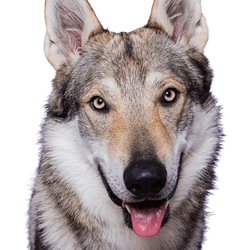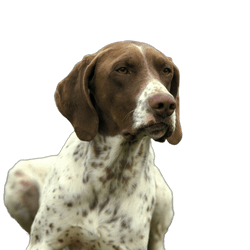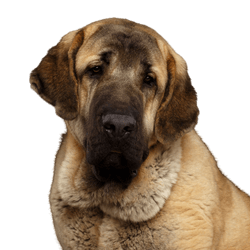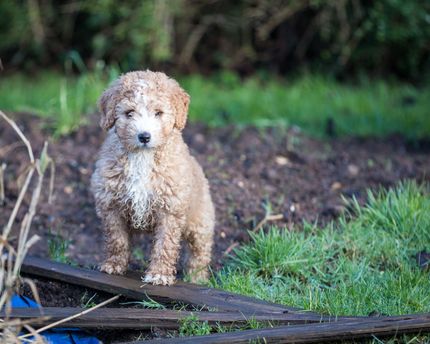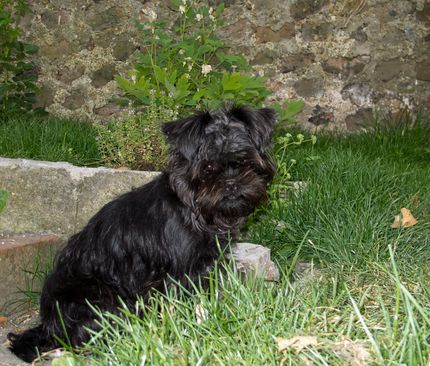Facts & Origin
What is a Central Asian Tazi?
The Central Asian Tazi (also known as Sredne-aziatskaja borzaja, Turkmenskaja borzaja or Kasachskaja Tazi) is a dog breed recognized by the Russian Cynological Federation and the Kazakh Cynological Association.
It is an ancient sighthound breed from Kazakhstan and Central Asia, bred specifically for hunting, tracking and scenting. The earliest depictions of similar dogs can be found on petroglyphs from southern Kazakhstan, dating back to the 12th-10th millennium BC. Originally, the breed was deliberately cultivated by the upper classes, as hunting was a sporting pleasure for them - often without firearms and in combination with hunting birds. The first scientific description of the breed was made in the early 20th century by the biologist and hunting scientist A. A. Sludski.
Meaning of "Tazi"
The origin of the term "Tazi" is not clear. One theory is that the name is derived from "Tajik", the Persian-speaking population of Central Asia who may have originally bred these dogs. Another theory suggests that "Tazi" is also a Persian term for the inhabitants of the Arabian Peninsula, which is sometimes used pejoratively towards Arabs. This could indicate that the origin of this type of dog lies in the Arab region rather than in Central Asia.
In many Turkic and Iranian languages, the term "Tazi" generally means sighthound or "the racing one" and is also used for the Saluki and the Afghan Hound, although the spelling varies.
In a narrower sense, "Tazi" describes the Oriental greyhound, which is widespread in the Central Asian CIS republics. Its main habitat is the semi-deserts and steppes of Kazakhstan, Uzbekistan and Turkmenistan, but also occasionally the lower-lying regions of Kyrgyzstan and Tajikistan.
Breed differences and recognition
The dogs are very similar to the Saluki, and it is disputed among experts whether the Central Asian Tazi is actually an independent breed or just a regional variant of the same breed that is recognized by the FCI as a Saluki.
However, in the Soviet Union, which was not a member of the FCI, a separate breed standard was established for the Central Asian Tazi. Two different types of Tazi are recognized in Russia: the smaller, slimmer Turkmen Tazi and the larger, more robust and long-haired Kazakh Tazi. There is no recognition by the FCI as yet.
The Central Asian Tazi today
Even today, the Tazy is still used for hunting hares, foxes, wild cats, marmots, badgers and small ungulates.



| Alternate Name | Tazi, Tasi, Tazy, Sredneaziatskaya Borzaya, Kasachskaja Tazi |
| Origin | - |
| Life expectancy | 7 - 9 years |
| Care requirements | low-maintenance |
| Activity level | average to high |
| FCI group | not recognised |
| AKC group | not recognised |
| KC group | not recognised |
Attitude, character and temperament of the breed
What is the Central Asian Tazi used for?
In its countries of origin, the Central Asian T azi is still used purely as a hunting greyhound. It hunts in the steppes and semi-deserts for various game animals such as hares, foxes, gazelles and, in the past, the now protected Saiga antelope. Sometimes it is used for hunting together with trained golden eagles. Unlike many other sighthounds, the Tazi not only hunts with its eyes, but also follows the scent with its nose and can hunt over long distances. Often only males are used for hunting, which causes considerable problems for the breeding stock.
Temperament and behavior
The Tazy combines speed, elegance and independence with a special alertness. It is calm and reserved in everyday life, but always alert and sensitive to changes in its environment. He does not tolerate violence or rough treatment. His intelligent and self-confident nature makes him a loyal but independent companion who can be rather suspicious of strangers.
During the hunt
When hunting, the Tazy can be used alone, in pairs or in a pack. It works well with both falcons and other hunting dogs. Particularly impressive are its sharp vision, pronounced orientation ability and instinct for retrieving. His combination of short-range sprint and long endurance makes him a versatile hunter who can adapt to different hunting techniques.
Character
Usage
Health and breeding information
Problems due to restricted gene pool
As only males are used and bred for hunting in some regions, this can lead to a narrow gene pool. This can increase the risk of hereditary diseases and health weaknesses. Responsible breeding is therefore particularly important in order to maintain the health of the breed in the long term.
Appropriate husbandry, regular veterinary examinations and a healthy diet are crucial to maintaining the health of the Tazi and enabling it to lead a long, active life.

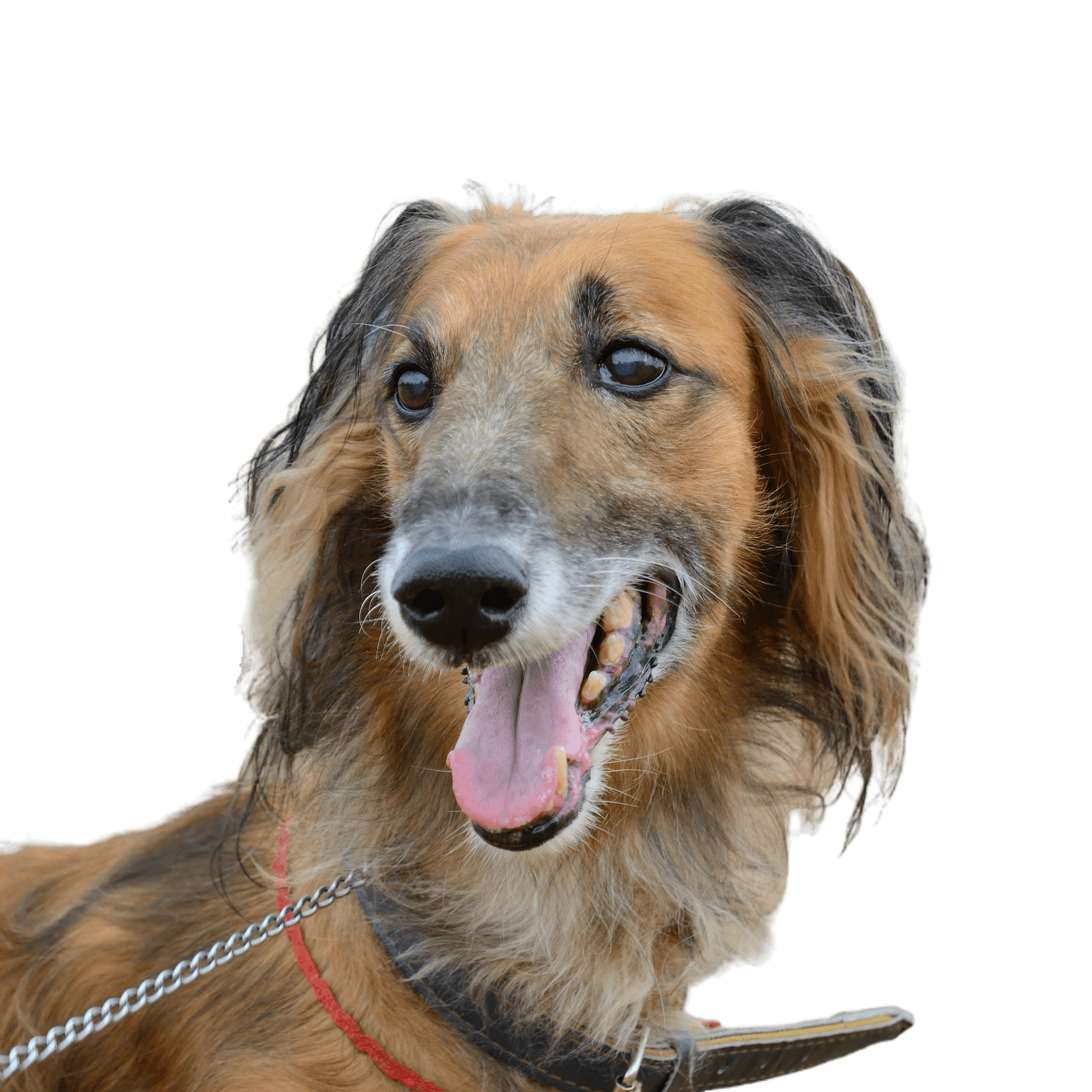
General appearance
The Tazy is a medium-sized, elegant and muscular dog with a dry and robust build. Its square format as well as its harmonious and balanced stature give it a noble appearance. The clear sexual dimorphism distinguishes males and females in their body structure. The following is described in the official breed standard:
Important proportions
The height at the withers corresponds to the height at the croup, while the depth of the chest is approximately half the height at the withers.
Head and face
The head is slender and proportional to the body. Viewed from above, it has a wedge-shaped silhouette with pronounced but not prominent cheekbones. The skull is moderately broad and flat, while the base of the forehead is only slightly pronounced.
The nose is large with wide open nostrils, typically black or dark brown. The muzzle is slightly shorter than the skull and can be either straight or slightly curved. The lips are thin and close fitting, giving the facial expression a distinctive, sharp line.
The eyes are large, expressive and slightly slanted. They are oval in shape and dark in color, giving the dog an intelligent and alert look. The ears are pendulous, thin and triangular, with a broad base and slightly rounded tips. They are set at eye level and lie close to the cheeks when at rest.
Neck and body
The neck is strong, muscular and about as long as the head, with a slight muscular crest. It is slightly flattened at the sides and has an inclination of about 45° to the horizontal. The body is compact, yet supple, with a straight back, a well-muscled croup and a deep chest. The tail is moderately thick, set high and reaches to the hock. When moving, it is carried slightly above the topline.
Withers and back
The withers are high, long and broad, with well-developed muscles. The back is also broad and strongly muscled, appears to sag slightly downwards when relaxed, but remains straight and stable in movement.
Loin and croup
The loin is straight, strong and broad, with pronounced musculature. The croup is long, flat, muscular and slightly sloping. The hip bones are clearly visible, with a minimum distance of 8 cm in males and 7 cm in females.
Chest and belly
The chest is deep and reaches well below the elbow joint. It is narrow at the shoulders but widens towards the rear. The ribs are well sprung, while the front ribs are relatively short and merge into the belly in a rising line. The belly is well tucked up, with a skin-tight flank line.
Tail
The tail is low set, thin and reaches to the hock. It ends either in a small ring or in a strong hook. At rest it is carried lowered, while in movement it is raised slightly above the topline.
Forequarters
The forelegs are straight and parallel, with an elbow height about half the height at the withers. The shoulder blades are long and sloping, with pronounced musculature. The elbows move freely and point straight backwards.
The front feet are oval, with tight toes and strong pads.
Hindquarters
The hind legs are also straight and parallel, slightly flared backwards and well muscled. The thighs and lower legs are of equal length, with strong tendons and well-developed stifle and hock joints.
The hind feet are slightly longer than the front feet, allowing the dog to move particularly quickly and powerfully.
Gait
The movements of the Kazakh Tazy are light, elegant and energy-saving. Its typical gait consists of a steady trot, a short gallop when searching and an extremely fast, flat sprint when chasing prey.
Skin
The skin is thin, elastic and lies close to the body.
Coat
The coat is short (up to 3 cm), soft and close-lying, with minimal undercoat. With age, it forms longer, silky fringes ("burki") on the ears, which cover the entire pinna.
On the legs, the tufts of hair are short on the front, but longer on the back and reach to the middle of the lower leg. The tail is slightly feathered on the underside.
Color
The Tazy comes in different color variations, including sand-colored (zonar), reddish, white and black. Small white markings on the chest, head, legs and tip of the tail are permitted. Black and tan and coat-like colorations are possible but not desirable.
Size and proportions
The ideal height at the withers is:
- Males: 61 - 71 cm
- Bitches: 55 - 65 cm
Exceeding the height is acceptable as long as the dog remains harmoniously built.
| Fur length | short |
| Fur | wavy |
| Ear shape | Floppy Ear |
| Tail | lang |
| Anatomy | sporty |
| Size ♀ | 55 - 65 cm |
| Weight ♀ | 17 - 26 kg |
| Size ♂ | 60 - 70 cm |
| Weight ♂ | 18 - 27 kg |
| Suitable For | - |
FAQ
-
Males reach a shoulder height of at least 60 cm, while females grow to around 55 cm. The dogs are usually slim and athletically built.
-
The Central Asian Tazi can come in many color variations, including white, pale, grey in various shades, black, solid, spotted or branded.
-
There are different views on the classification of the Tazi. Some experts see it as an independent breed, while others regard it as a regional breed of the Saluki. It is not yet recognized by the FCI.
-
The Tazi is generally robust, but like many larger dogs it can be prone to hip dysplasia. Eye problems such as cataracts or PRA are also possible. Responsible breeding helps to minimize these risks.
-
The Tazi not only hunts with its eyes, like many sighthounds, but also picks up tracks with its nose. It can be used in combination with golden eagles for hunting and is known for its stamina.



